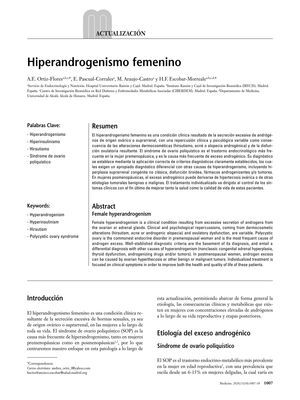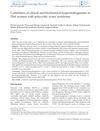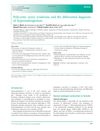Female Hyperandrogenism
October 2020
in “
Medicine - Programa De Formación Médica Continuada Acreditado
”

TLDR Female hyperandrogenism is a condition caused by too much male hormones, leading to skin issues and ovulation problems, often due to Polycystic Ovary Syndrome, and is treated based on individual symptoms.
Female hyperandrogenism is a clinical condition resulting from excessive secretion of androgens from the ovarian or adrenal glands. This condition can lead to dermocosmetic alterations such as hirsutism, acne, or androgenic alopecia, and ovulatory dysfunction. The most common cause of this condition is Polycystic Ovary Syndrome (PCOS), which is the most prevalent endocrine disorder in premenopausal women. Diagnosis is based on well-established criteria and requires differential diagnosis with other causes of hyperandrogenism. In postmenopausal women, androgen excess can be caused by ovarian hyperthecosis or other benign or malignant tumors. Treatment is individualized and focused on managing clinical symptoms to improve the health and quality of life of patients.



